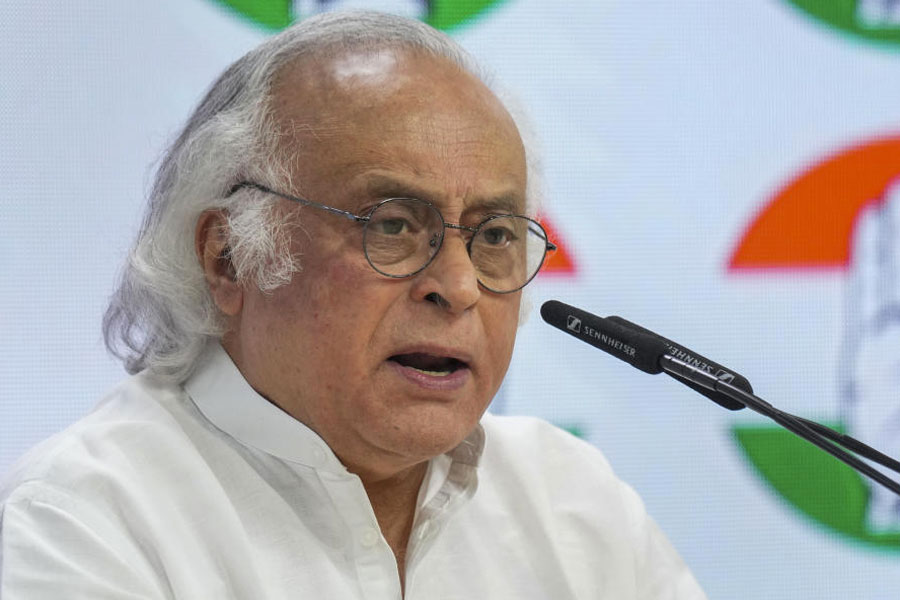
London: Indian-origin artist Anish Kapoor has pride of place in this year's Summer Exhibition at the Royal Academy.
This is an exceptional honour for Kapoor because the Royal Academy has pulled out all the stops to mark its 250th Summer Exhibition.
"Highlights this year include the Royal Academician Anish Kapoor's monumental sculpture, Symphony for a Beloved Daughter, in the Royal Academy's Annenberg Court," emphasised an announcement.
People coming to see the exhibition from Piccadilly at Burlington House, the home of the Royal Academy, are confronted by massive metal ingots piled high against the backdrop of a red concave fabric sphere.
According to Harper's Bazaar, there are five main reasons for seeing this year's Summer Exhibition, one being the fact that "Anish Kapoor is taking over the courtyard".
It explains: "Every year a different artist creates a display for the Annenberg Courtyard and this year it falls to the Turner Prize-winning Anish Kapoor. His sculpture, Symphony for a Beloved Daughter, will hover several metres from the floor in his trademark deep maroon and is guaranteed to make you catch your breath as you walk in."
The Times makes the point that this year, "the Royal Academy is rolling out the big guns. As it celebrates the 250th anniversary of its foundation, it plays host to a Summer Exhibition that feels not just more festively flamboyant than usual, but also - if possible for what is, famously, the world's largest open-submission exhibition - even more diverse. You will find a massive Anish Kapoor occupying the courtyard."
Kapoor was born in Bombay on March 12, 1954, to a Hindu Punjabi father and a Jewish mother whose family had emigrated to India from Baghdad when she was a few months old.
He studied at Hornsey College of Art (1973-77) followed by postgraduate studies at Chelsea School of Art, London (1977-78), and has since lived and worked in London. Knighted by the Queen in 2013, he is one of the few Indians to be elected an academician at the Royal Academy.
This year's exhibition has been coordinated by another academician, Grayson Perry, a flamboyant artist whose alter ego is a colourfully dressed woman in outsize heels. He has made the decisions on what to show with the help of a "hanging committee".
The exhibition, which invites ordinary members of the public to send in their art works, is unique because it has been running without interruption for 250 years.
This year there were 19,800 entries from the public from which between 700 and 800 were picked for display. The rest of the 1,500 art works that make the final cut are from members of the Royal Academy or artists especially invited by Perry to make submissions.
"This is a joyful celebration of arts - there is a lot of politics, especially in this room, but the main thing for me was me was for it to be an aesthetic, sensory overload experience," said Perry, standing in a large room.
"I chose the colour before I had seen any of the art work - I took a punt really that lemon would work," he said. "It's a strong colour. The only paintings that don't really work on the lemon are paintings with a lot of yellow in them."
He added: "To play with a whole load of toy box of art for a few days was absolutely the most joyful thing. I celebrate that really." Alongside the Summer Exhibition, there is another one where the art works selected are considered some of the most memorable over its previous two and a half centuries.











